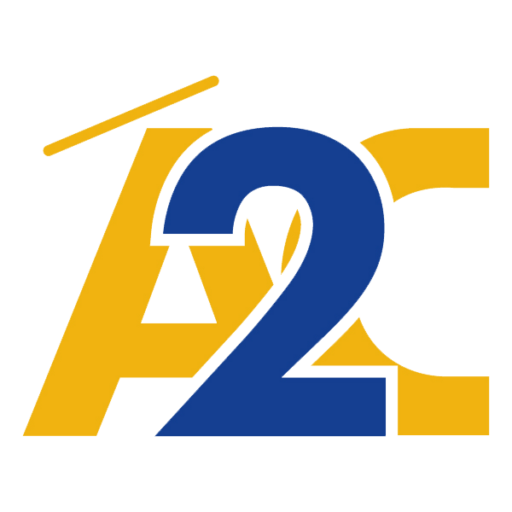As 2024 unfolds, there’s an intriguing trend capturing the attention of industry observers: the surge in students enrolling in beautician schools. This increase raises questions about whether this is a new trend or a continuation of a long-standing interest in beauty and cosmetology careers. To understand the phenomenon, it’s essential to look at the numbers, the driving factors, and the historical context of beauty education.
The Numbers Speak: Enrollment Rates in 2024
In 2024, beautician schools across the United States and other parts of the world have reported a significant uptick in enrollment rates. According to the latest data from the National Accrediting Commission of Career Arts and Sciences (NACCAS), there has been a 15% increase in new students compared to the previous year. This rise is not isolated to one region but is observed across urban and rural areas alike.
Factors Driving the Surge
Several factors contribute to the growing interest in beauty education:
1. Economic Resilience and Job Security: The beauty industry has shown remarkable resilience during economic downturns. While many sectors faced massive layoffs and closures during the COVID-19 pandemic, beauty services remained in demand. This stability attracts individuals seeking secure career paths.
2. Creative and Flexible Career Options: Beauty careers offer a unique blend of creativity and flexibility. From hairstyling and makeup artistry to skincare and nail technology, the field allows practitioners to express their creativity while enjoying flexible working hours.
3. Influence of Social Media: Platforms like Instagram, TikTok, and YouTube have transformed how beauty trends are shared and consumed. Aspiring beauticians are inspired by influencers and professionals who showcase their skills online, motivating a new generation to pursue formal education in beauty.
4. Increased Awareness and Acceptance: There’s a growing recognition of the importance of self-care and personal grooming. This cultural shift has made beauty services more mainstream and accepted, leading more individuals to consider beauty education as a viable career option.
Historical Context: A Long-standing Interest While the current surge is notable, the interest in beauty careers is not new. Beauty schools have been a part of vocational education for decades. The first beauty school in the United States, founded by Madame C.J. Walker in the early 20th century, set the stage for professional training in beauty and cosmetology. Since then, beauty education has evolved, adapting to changing trends and technologies.
Historically, beauty schools saw steady enrollment, but there have been spikes during certain periods. For instance, the post-World War II era and the 1960s and 70s saw increased interest as beauty standards and the role of women in the workforce changed. The current rise can be seen as part of this ongoing evolution, influenced by modern factors like social media and economic conditions.
A Trend with Deep Roots
The increased enrollment in beautician schools in 2024 reflects both a new wave of interest and a continuation of a deeply rooted tradition. The factors driving this surge—economic resilience, creative career options, social media influence, and cultural shifts—highlight the evolving nature of beauty education. Whether viewed as a new trend or a continuation of historical patterns, the rise in beauty school enrollments underscores the enduring appeal and importance of the beauty industry in society. As we move forward, it will be fascinating to see how beauty education adapts to future trends and technologies, continuing to attract new generations of students eager to make their mark in the world of beauty and cosmetology. If you are looking to find great schools and excellent beautification programs, go on to alternativestocollege.com to get started.

